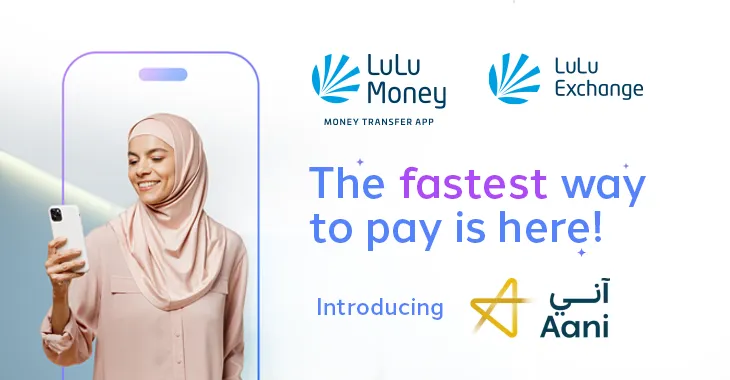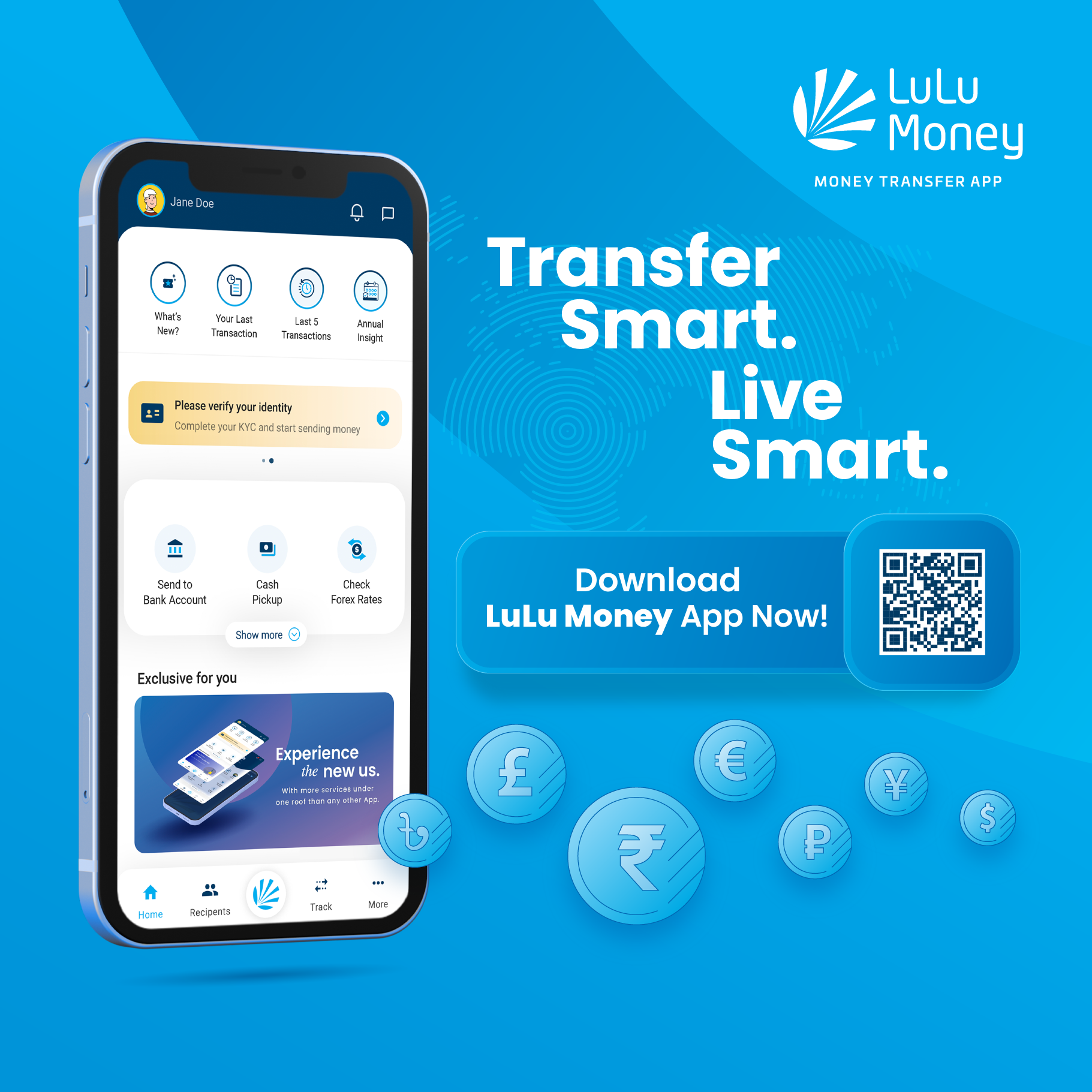

Bill Gates said in 1994 “Banking is necessary but banks are not”. Before we understand what is NEO Banking, lets to try to understand the fundamental difference between Neo Banking and Open Banking.
Open Banking:
The system of allowing access and control of banking and financial accounts through third-party applications is Open Banking. Open banking is a banking practice that provides third-party financial service providers open access to consumer banking, transaction, and other financial data from banks and non-bank financial institutions through the use of application programming interfaces (APIs). Moving towards open architecture is the next logical step toward sustainable growth that banks, insurers, and other FinServ incumbents are set to explore in the coming years.
Use Cases – Account Aggregation, Personal Finance Management, Instant Lending, Digital Onboarding, Money Tracking, International Payments, Remittances, New Account Opening.
Neo Banking:
A neobank (also known as an online bank, internet-only bank, virtual bank, or digital bank) is a type of direct bank that operates exclusively online without traditional physical branch networks.
Challenges in Current Banking Landscape:
1. Legacy Systems: Core Banking platforms have played a critical role in these banks’ daily operations, gradually, they are being viewed as problematic, as they inhibit progress. Today’s systems are more agile and, in some instances, modular as well. This is in sharp contrast to the monolithic architecture of CBS – changing one part of the larger system could have an adverse effect on other parts. This, in turn, necessitates lengthy impact assessments and testing, which would incur significant expenses.
2. Proposed Regulations: Globally, banks are now shelling out in excess of $270 billion per year on compliance and regulatory obligations. Regulations like PSD2 are mandating banks to open up their APIs for FinTech and external developers. This will lead to the prospect of banks losing a share of the customer relationship to FinTech.
https://www.varonis.com/blog/psd2
3. Tech Giants: Tech Invaders like GAFAM and BAT (Google, Amazon, Facebook, Apple, Microsoft, Baidu, Alibaba, Tencent) – are making huge dents in financial services markets across the globe. We have seen the growing traction of lending services by WeChat and Amazon in their respective regions. With their superior technology, access to huge data pools, and superior customer experience, these players are making serious inroads into the financial services ecosystem, and are changing the way people save, pay, borrow, and invest – thus powering their financial lives. The Chinese Moghuls – Alibaba, Tencent, and Baidu – already have a significant head start in their FinTech initiatives. These three players have ventured into most of the key FinTech segments, and are beginning to show signs of leading the next wave of FinTech.
4. Running Physical Branches: leads to higher cost and provides average customer experience. Tracking customer interactions with bank staff is also a challenge and is limited to the actual transaction that a customer would end up doing.
Digital Transformation can give these banks an opportunity to transform themselves. In order to reap the complete benefits of digital, banks will need to align their innovation strategy with the emergence of technology on all major fronts, i.e., business model, service delivery, operations, resources, and customer management. This presents Neo Banks as a key challenger to the existing large traditional banks.
Characteristics of Neo banks:
Licensed Bank: These are digital-only banks that have obtained a fully operational banking license. This enables them to offer certain products and services on their own, rather than through licensed banks. Some of these banks may still continue to offer services in partnerships with banks and other FinTech companies.
Traditional Banks Digital Initiatives: These are separate, stand-alone, mobile-only banks created by traditional banks; they use new-age technology to deliver products and services in a customer-friendly manner. These digital banks use completely different technology platforms compared to their parent banks, thereby fast-tracking the overcoming of hurdles associated with legacy architecture.
Over The Top: These are digital-only platforms that don’t have their own banking licenses. These platforms offer either a stand-alone product or a bouquet of financial products in partnerships with financial institutions/banks and FinTech firms but at a cost quite lower than of traditional banks.
Unique Use Cases solved by Neo Banks:
Chime lets users get paid early for up to two days with the Early Direct Deposit feature. It adds money as soon as it receives a notification of the transaction from the user’s employer and immediately transfers the funds to the user’s account.
Starling Bank has launched a marketplace banking platform, which integrates with financial services spanning pensions, savings, travel insurance, and mortgage brokerage. This helps Starling bank to provide users with access to a choice of third-party money-related apps & services and to create a network effect on both sides of its market.
Fiinu has developed an automated lending robot called Fiinuscore which – combined with PSD2 and Open Banking – will be able to provide small overdrafts to millions of people within the payday loan price cap. This will help consumers to minimize overdraft fees.
bunq lets users link one card to two bunq bank accounts at the same time using their patent-pending Dual PIN technology. Users can also switch the accounts linked to the cards.
Online bank Tangerine also offers its banking services (account opening, cheque deposit, account checking, etc.) to customers through cafés, pop-up locations, and kiosks. People can come to talk about their finances and savings goals face-to-face.
In a world where businesses would spend hours trying to reconcile all their transactions and be forced to juggle multiple tools to manage their finances, Open provides an easy solution. It helps collect payments, auto-reconcile transactions, make seamless payouts, auto-generate accounting reports, and do expense management, all on a single platform. Open also exposes developer-friendly APIs for SMEs & startups to integrate banking into their business workflows.
Rise – Banking for migrants in UAE
Engagement Options:
Direct Investment: As a part of their digital transformation journey, banks and financial institutions have started to make direct investments in various FinTech startups over the recent years.
Strategic Partnerships: New technologies of startups are integrated into banks’ applications and also in the form of a “white label” arrangement.
Mergers and Acquisitions: Almost one in three banks and asset managers have plans to buy a FinTech firm in the next 12 months
Synergy Points between Traditional Banks and New Age FinTech’s
1. Access to New Markets: The partnerships with the new-age FinTech players enable these institutions to devise ways for reaching out and acquiring new market segments, i.e., the underbanked segments of the population. The partnership between Mastercard and Grindrod Bank and Net1 for providing services to the underserved population in South Africa.
2. Creating new offerings for existing customers: The second major challenge faced by financial institutions is developing innovative & profitable services for their existing customer base in the lower market segment. This plays as an obstacle to the steadier and regular revenue stream for financial institutions compared to the costs of acquiring new customers. Eg: ICICI Bank’s partnership with Stellar, a Silicon Valley-based non-profit offering distributed ledger infrastructure services, to build a blockchain-enabled payments network for their customers.
3. Data collection, use, and management: Effectively collecting, using, and managing data for financial inclusion has been one of the major challenges faced by the financial institutions in this space. The main theme for forging partnerships with FinTechs is to leverage their expertise in creating alternative risk modeling techniques.
Ankur Sharma

Popular BLOG

April 22, 2025
The Global Money Week

December 16, 2024
Pay Smart, Live Easy

December 13, 2024
Taxation in Web3: Simplifying Compliance in the Crypto Age

December 13, 2024
Decentralized Finance for the Digital Age

December 13, 2024
Philanthropy with Blockchain: Transforming Charitable Giving

December 13, 2024
A New Page for Blockchain-Driven Transactions

December 13, 2024
Digital and Physical Asset Ownership in Web3

December 13, 2024
Redefining Currency Exchange

December 13, 2024
Redefining Currency Exchange

December 13, 2024
Transforming the Insurance Landscape



